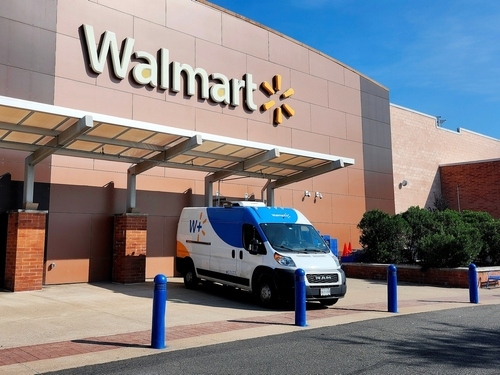SUBBED FOR PI FEB – Land and expand

By Henry Gale
Feb 4 - (The Insurer) - Early adopters choosing to increase or broaden their use of parametric risk transfer are likely to be an important source of growth for the parametric market in the coming years.
Hurricane and earthquake risks in North America represent much of today's parametric insurance market, as illustrated by Descartes Underwriting and Generali Global Corporate & Commercial turning to ILS investors for additional peak peril capacity.
However, the corporations and public sector entities that have purchased these covers are often exposed to other natural perils not covered by traditional insurance solutions – for example through non-damage business interruption losses or high deductibles for example.
Several organisations, after buying parametric insurance for the first time, have chosen to adopt index-based covers for other perils in subsequent years. In this month's issue we reveal that the state of Georgia could join them, as its Department of Administrative Services considers branching out from its hurricane product to add tornado coverage too.
Insurers and brokers are also designing products that, while doubtless attractive to those new to parametric, appear naturally suited to enhance the coverage of companies who are already comfortable with the concept.
For example, US coastal corporations in hurricane-exposed areas, among the most prolific buyers of parametric wind covers, are the target clients of a new product from Aon, Swiss Re Corporate Solutions and Floodbase for storm surge losses. And after a few years of US solar farms turning to parametric coverage for hail risks, Descartes has now launched a satellite-based tornado cover created specifically for photovoltaic power stations in the country.
Launching more products for existing customers has also helped the multi-country risk pools grow over time, given their inherent focus on national governments in their region. CCRIF SPC grew significantly when it started offering excess rainfall cover to its hurricane and earthquake clients, and it is now set expand into fluvial flood cover.
For parametric market participants considering which products to design next, this "land and expand" strategy may be a good place to start – by considering the companies that have already proven willingness to spend on index-based coverage, and establishing what other types of cover they would value.





